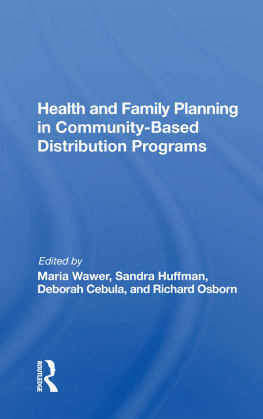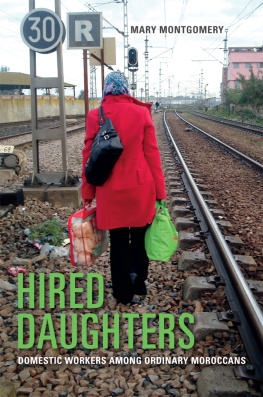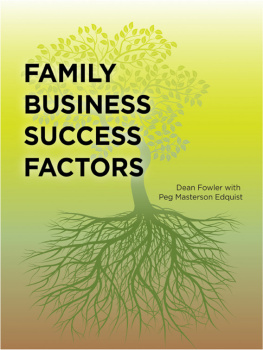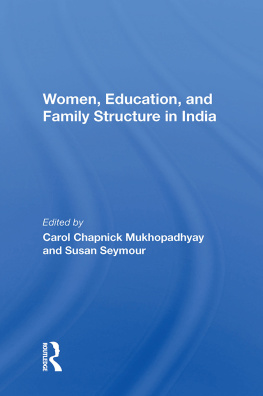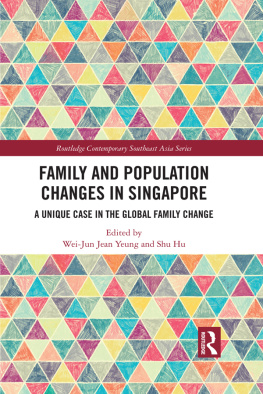Library of Congress Cataloging-in-Publication Data
Brunson, Jan, 1977 author.
Planning families in Nepal : global and local projects of reproduction / Jan Brunson.
pages cm
Includes bibliographical references and index.
ISBN 9780813578620 (hardcover : alk. paper)ISBN 9780813578613 (pbk. : alk. paper)ISBN 9780813578637 (e-book (epub))ISBN (invalid) 9780813578644 (e-book (web pdf))
1. Family planningNepal. 2. WomenNepal. I. Title.
HQ766.5.N37B78 2016
363.9'6095496dc23
2015028618
A British Cataloging-in-Publication record for this book is available from the British Library.
Copyright 2016 by Jan Brunson
All rights reserved
No part of this book may be reproduced or utilized in any form or by any means, electronic or mechanical, or by any information storage and retrieval system, without written permission from the publisher. Please contact Rutgers University Press, 106 Somerset Street, New Brunswick, NJ 08901. The only exception to this prohibition is fair use as defined by U.S. copyright law.
Visit our website: http://rutgerspress.rutgers.edu
Manufactured in the United States of America
As I write these acknowledgments, the people of Nepal are coping with a devastating disaster. On April 25, 2015, a magnitude 7.8 earthquake affected a wide region of Nepal, creating destruction as far as China to the north and India to the south. The epicenter was in rural Gorkha District, northwest of the urban capital city of Kathmandu. It triggered numerous strong aftershocks all around the Kathmandu Valley in the days following the earthquake. Survivors slept outside in the rain and cold for several nights out of fear of the aftershocks and collapsing homes. The death toll climbs each day, and several iconic cultural and historic temples and monuments have collapsed. Early reports say that entire villages have been flattened in rural areas near the epicenter, and landslides have decimated others.
As this book goes to press, I worry about the well-being of all the people who so kindly welcomed me into their lives. All of the women, families, and young men whose words and actions I share in this book were affected, but overall the community did not suffer as severe damage as the more rural communities to the northwest and northeast. While many people in Vishnupura are heartbroken over their loss of family members or friends, their houses, and their icons of cultural and religious heritage, I also know well the strength and resilience of these individuals who are no strangers to adversity. While I always intended this book to facilitate their stories being written into the historical record, a documentation of their struggles and successes, I pray that they all have many more days ahead of writing their own histories. Thus it is with a heavy heart but great hope for the future and faith in their resilience that I acknowledge and thank the families of Vishnupura for their hospitality, generosity, and sharing their stories.
As the research for this book unfolded over a span of at least eight years, with several more years of preparation prior to that, there is a multitude of people who deserve acknowledgment. I will try to start from the beginning. For introducing me to fieldwork in South Asia and encouraging my intellectual curiosity in the region, I thank Victoria Baker. For many years of intellectual support and feedback on my contributions to demographic and medical anthropology, I am grateful to David Kertzer, Daniel J. Smith, and Patricia Symonds. For the same with respect to gender and South Asia, I am grateful to Lina Fruzzetti. I owe special thanks to Kathryn March and David Holmberg for their support and expertise during three years of study in their summer Nepali language program at Cornell University, led by the irreplaceable and beloved language guru Shambhu Oja. Equally beloved, and worthy of recognition, is their colleague and counterpart Banu Oja, who directs the Cornell Nepal Study Program (CNSP) in Kirtipur. Banu and the incredible staff at CNSP graciously offered me critical guidance, delicious daal bhaat, much laughter, and countless cups of tea. For funding during those early years of research, I thank the Brown University Population Studies and Training Center, Brown University Department of Anthropology, the Fulbright-Hays DDRA, and the Cornell University Foreign Language and Area Studies program. Bowdoin College also supported a critical stage of my research in 2009 and 2010 with the Fletcher Award for faculty research.
I will always be indebted to Ganga Shrestha for entertaining the idea of allowing a foreign researcher into her home, and with time, her family. Gangas kindness and patience with me over the years is laudable, and though I am a few years older than she is, I have always thought of her affectionately as my didi (elder sister). For her friendship, sense of humor, and care over the years, I am grateful to my other sister, Yamuna Shrestha. Thank you for being a caring, generous, and spirited friend. And for their mother, who I now call mother as well, I have such a deep respect and love that I find it difficult to put into words. She understands this, so I will not waste words trying. Without the Shrestha familys support, I could not have conducted this research.
Creating transcripts of recorded interviews is a time-consuming, laborious task that one cannot appreciate until one tries it. For their efforts in assisting with this task over the years, I thank Manoj Shrestha, Geeta Manandhar, and Kavita Dahal. For his assistance in administering a survey to a random sample of homes in Vishunupura, I thank Dambar Pariyar. There are two individuals, however, upon whom the success of this extensive ethnographic research depended. Manoj Shrestha and Meena Manandhar worked as my main research assistants over several years. Manoj was always ready with insights and local expertise, an adept problem-solver, and assisted in numerous capacities. Meena was an expert interviewer, approaching women with an honesty and openness that they respected. Their friendship sustained me.
Several others deserve recognition for their involvement as research slowly turned into text. For significantly shaping this project through their ideas and conversations I thank Benjamin Young and Rachel Sturman. Bal Krishna Sharma helped me translate several family planning posters relevant to this project, including the one that appears in the Introduction. And I would be remiss not to recognize my colleague Eirik Saethre for welcoming me into the medical anthropology specialization at the University of Hawaii at Manoa while writing this book, and I thank him and the entire Department of Anthropology for teaching me the meaning of aloha. Christine Yano deserves special recognition for suggesting and supporting a book manuscript workshop for junior faculty while she was Chair of the Department of Anthropology. With the backing of the department, I was able to invite Cecilia Van Hollen to review my manuscript and participate in the workshop along with Chris Yano and Geoff White. The manuscript benefited substantially from this experience, and I am indebted to all of the participants. For her expert and insightful comments on a later draft, I am grateful to Anna Stirr. I also thank Jairus Grove, Charles (Chuck) R. Lawrence, III, and Manfred Steger for their critiques of individual chapters. The thoughtful comments of the anonymous reviewers selected by Rutgers University Press substantively shaped and improved the manuscript, and for that I am grateful. And finally, I greatly appreciate Marlie Wassermans commitment to this project and her deft guidance through the publishing process as editor. It was truly a pleasure to work with her and her staff at Rutgers University Press. Book projects can continue on forever if allowed to do so, for there are always additional improvements that can be made. Any imperfections that remain in this book are mine alone.


